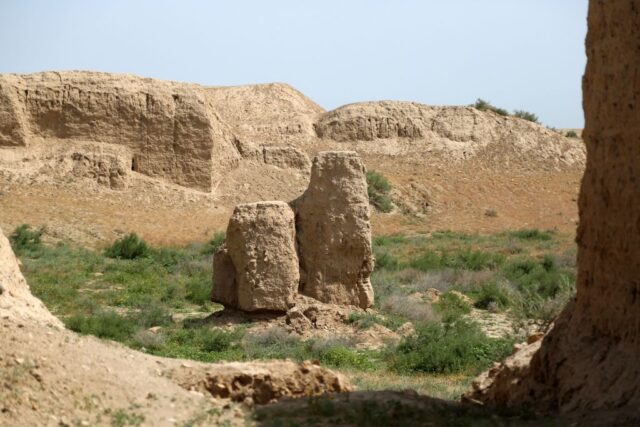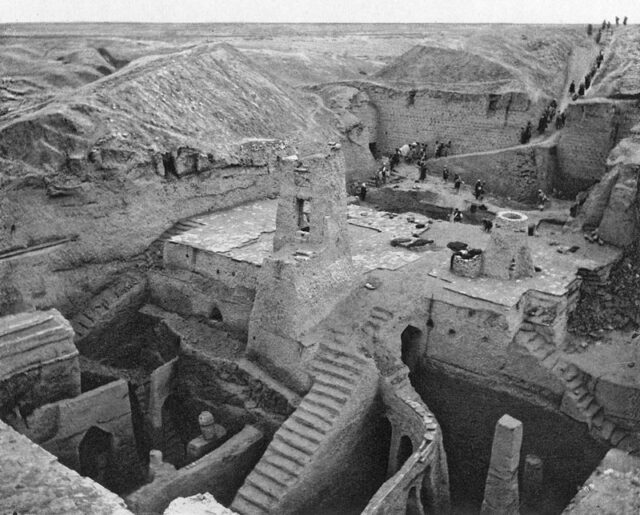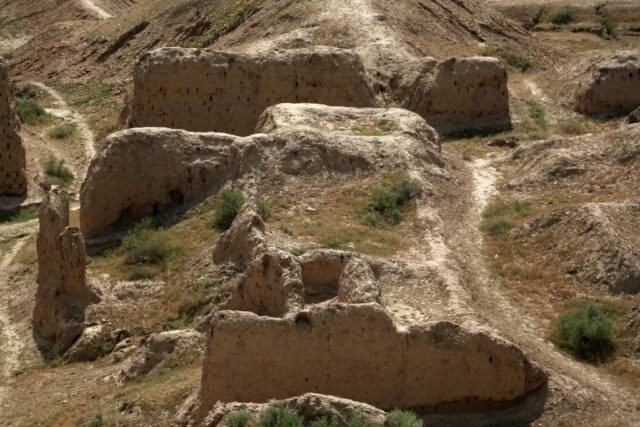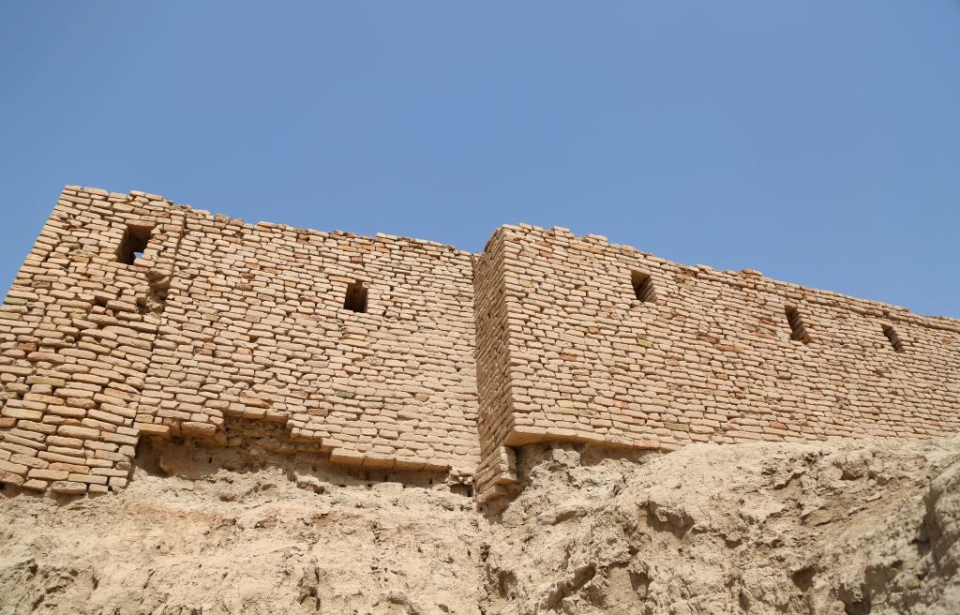While bringing back the Babylonian language, last spoken during the time of Jesus Christ, may not seem like a high priority, a Cambridge University professor thought otherwise. Not only that, but thanks to his efforts, it can be heard on film for the first time, in 2018’s The Poor Man of Nippur. The story from around 701 BC has been brought to life in this 20-minute feature.

The Poor Man of Nippur is filmed exclusively in the Babylonian language, telling the story of a young man who sought revenge on a mayor who cheated him out of his goat, which is his prized possession. The story of a man’s affection for a beast first, predating Aesop’s fables, was heard by the Mesopotamian civilization over 2,700 years ago and embodied their belief that everyone should be treated well, no matter their life situation.
The story was immortalized in clay and written as 160 lines of text to tell the story of a pauper, Gimil-Ninurta. It may be older than 701 BC, however, with some theorizing it dates back to the Sumerians, due to some of the language and phrases used. As well, a fragment of another clay tablet was discovered in the library of Assyrian King Ashurbanipal.
The film was created by the Mesopotamian community at the University of Cambridge and headed by Dr. Martin Worthington, a Fellow at St John’s College who was determined to revive the Babylonian language. It took him two decades of research to do so.
“Reconstructing the sounds of a dead language is to some extent a dark art, but we are fortunate with Babylonian that we have transcriptions into the Greek alphabet, and these confirm in outline what the language sounded like,” he told The Daily Mail. “Also, Babylonian is closely related to Arabic and Hebrew – which helps, because the sounds of Semitic languages tend to be a lot more stable than those of Indo-European ones.”

“Babylonia” is the Greek name of what its people called Mât Akkadî, the fertile plain between the Euphrates and the Tigris. Herodotus of Halicarnassus was so impressed that he wrote:
“So great is the fertility of the grain fields that they normally produce crops of two-hundredfold, and in an exceptional year as much as three-hundredfold. The blades of wheat and barley are at least three inches wide. As for millet and sesame, I will not say to what an astonishing size they grow, though I know well enough; but I also know that people who have not been to Babylonia have refused to believe even what I have already said about its fertility.”
This was the heartland of the Babylonian Empire, which dominated the ancient Near East between the fall of the Assyrians and the rise of the Achaemenid Empire after 539 BC, which absorbed the Babylonians. However, the Babylonians remembered that they had once been rulers of the world and revolted several times.
Their language was once widespread throughout the Middle East. and it was used by Babylonian kings and Egyptian pharaohs. However, it eventually became extinct.

Nippur was the geographical center of Babylonia, in what today is Iraq, and for a long period also served as the religious center of Mesopotamia. It experienced substantial growth as the civilization was absorbed by other, more powerful empires, and it wasn’t until the 3rd century CE that it fell into decline.
The latest iteration of The Poor Man of Nippur was acted out by students at Cambridge University and was filmed across the school’s various locations. While Worthington had worked on bringing back the Babylonian language, it was actually students who’d suggested the tale be turned into a movie.
Speaking with The Daily Mail, Worthington explained, “As a story of three-fold revenge, The Poor Man of Nippur is one people today can easily relate to. Though it has the plot of a folk tale, it is written in high poetic style. The only character with a name is the hero called Gimil-Ninurta. His name means ‘revenge of the God Ninurta’, Ninurta being a god of Nippur.
“This fits the plot perfectly.”
More from us: Study Puts Origin of Stonehenge’s Altar Stone Into Question
Worthington has also created an archive of recordings from different readers of stories and scripts from Babylon. He believes teaching spoken Babylonian is the best way to understand and “get under the skin” of the language, with him telling Gulf News, “It enables students to enjoy the magic of authenticity and connect through words to a world that is lost and far away.”
